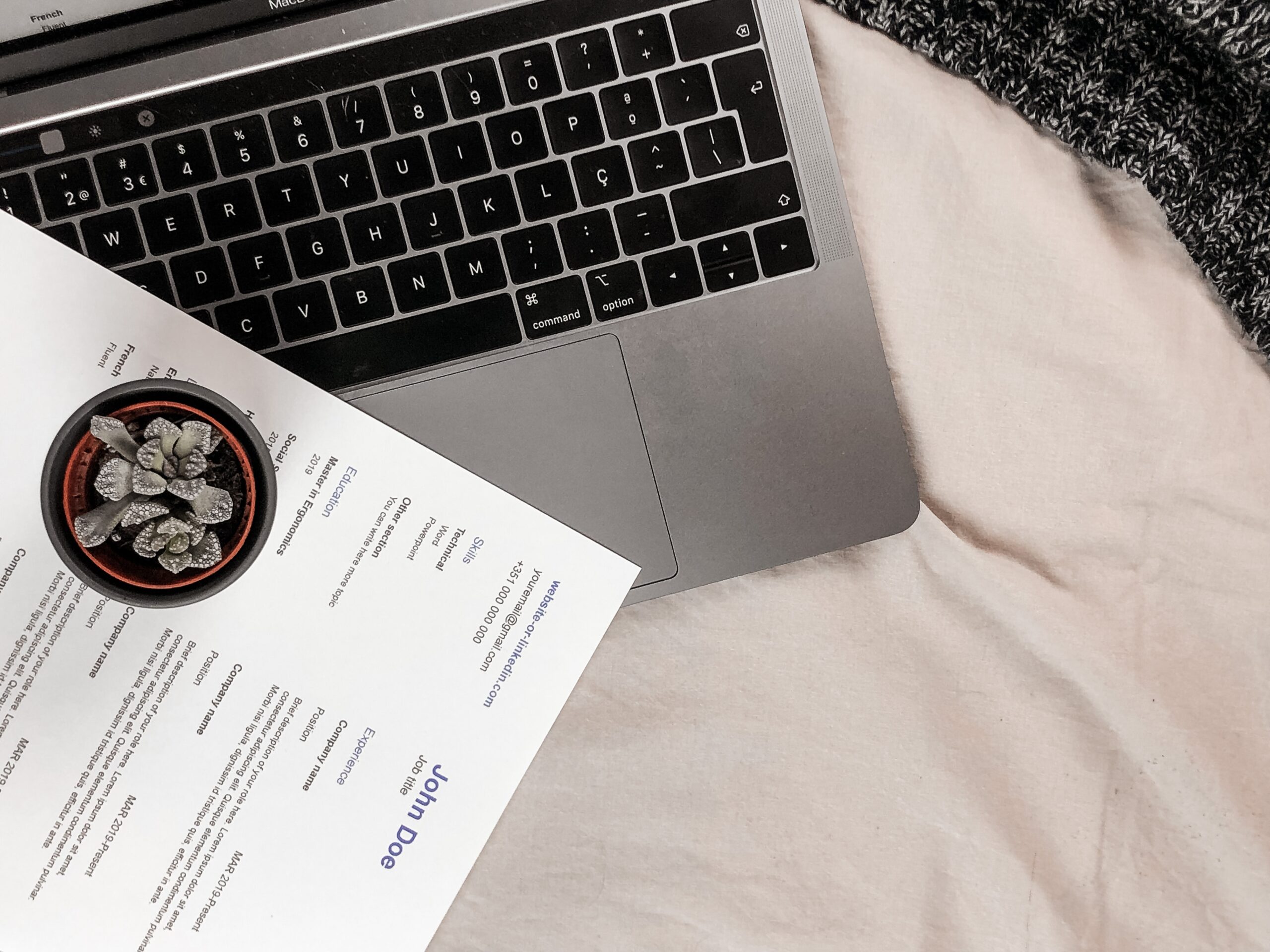When I started working at a recruitment agency – and how you can use it to get your next job.
Having spent 10 years in marketing and advertising, I’ve done my fair share of job hunting (layoffs in tech and marketing are real). During that time, recruiters would often reach out to me, looking to fill roles. Sometimes they seemed like a great fit – but more often than not, the roles I was offered were not quite what I was looking for or didn’t actually align with my experience and skills. I usually wrote this off as recruiters sending out bulk messages without really looking into who I was or what I did.
It wasn’t until I made a big career change and started working in recruitment that I realized that *I*, in fact, was the problem. My LinkedIn profile wasn’t even close to being optimized properly for the roles I was looking for, and actually, the recruiters who reached out to me probably thought that I really was a great match, based on my profile.
Spending time in the backend of LinkedIn Recruiter (the platform that professional recruiters use to find candidates) gave me so much insight into how people could better use LinkedIn to find the right role, and to make it easier for recruiters from their dream organizations find them. Here are the things you should do right now to optimize your LinkedIn profile for recruiters:
Keywords Keywords Keywords
One of the main ways recruiters search for candidates is through keyword searches. We’ll search for specific job titles, organizations, industries, soft or hard skills, or KPIs – and LinkedIn Recruiter will pick these up and feed us candidates who have any of those things in their profile. To make sure you are discoverable, make sure your profile is full of relevant keywords for that role: previous titles that would naturally lead into it, the industry the role is in, your areas of expertise, specific skills that are necessary for success, etc. This will get you on our radar.
Give us details!
The next step is to give recruiters a reason to stick around – paint us a picture of your career as quickly and easily as possible. We go through hundreds or even thousands of profiles for each role we place, so the more clear we are about what your career path has looked like when we land on your page, the more effectively we can decide if you might be an interested candidate (and the less likely you are to get InMails about roles that are not even close to what you’re looking for).
Each position on your profile should include the industry the company is in and a brief line about what it does (we unfortunately don’t know every single organization that has ever existed – our lives would be much easier if we did!), and a description of your role that includes responsibilities, team size, key accomplishments, and any growth that happened during your time there. This obviously won’t tell us everything we need to know – but it will tell us enough to know we want to have a chat.
Where do you want to go? Where have you been? Tell your story.
The best way to make sure people are reaching out to you for the roles you really want is to make what you’re looking for as clear as possible. In your ‘About’ section, include what you value, what you’re excited about, and what you’re looking for in your next role or organization. Remember, a new role needs to be the right fit both ways – so really think about what’s important to you so we can make sure it aligns with the role we’re trying to fill.
Talk to recruiters!
Finally, this may seem self-serving, but I promise, it is really in your best interest to have conversations with recruiters – even if the role they’ve reached out about doesn’t seem like the perfect fit. As recruiters who work within a retained model, we really are looking to find the perfect match for each role, so we’re happy to have a conversation just to get to know you for when that role comes up. The more recruiters you’re connected with, the more radars you’re on; so when that perfect role does come across their desk, they’ll already have enough information about you to know you’d be a good candidate.
So go forth, update your LinkedIn, and wait for the InMails to come flying in…or at least feel confident for when you’re applying for your next role.





